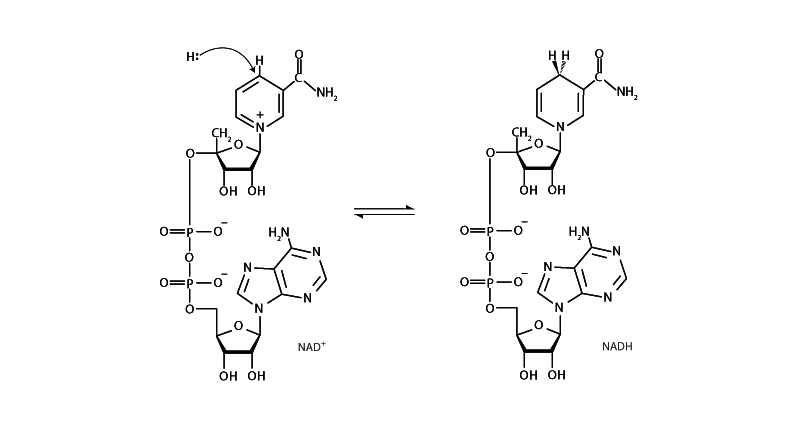Interdisciplinary Note (10 of 17)
Cofactors are non-protein substances that are essential for the function of an protein. Cofactors may be metal ions or organic substances. Organic cofactors are known as coenzymes.
Many coenzymes are vitamins, or have a component derived from a vitamin. This basically means that our own biochemistry lacks the complete synthesis pathway for the coenzyme, so the substance in whole or in part must be obtained from the diet.
You need to master the personalities of the various coenzymes, which are major players in enzymatic mechanisms within the biochemical pathways required for the test. Any list of coenzymes to focus on would have to include NAD+, NADP+, FAD, coenzyme A, biotin, ascorbate, pyrodoxyl phosphate (PLP), thiamine pyrophosphate (TPP), lipoamide, and glutathione. Heme should also be included the list.
The MCAT would have a different expectations for what you should know about folate and cobalamin. This is because those aren't prominent until 2nd semester biochemistry, where, however, they are extremely important. This makes them ideal candidates for inclusion in a passage but not for direct questioning that requires specific foreknowledge.
The personalities of the important coenzymes are a good place to reinforce important organic and general chemistry ideas. For example, why does NADH have a negative standard reduction potential? Because after NADH donates two electrons in the form of hydride, the NAD+ product is stabilized by aromaticity. Interrogate them all in this way. What is the reason coenzyme A is such a good carrier of acyl groups? Because thioesters are 'activated' for nucleophilic acyl substitution. What is the reaction between PLP and the enzyme lysine of transaminase? Imine formation. How is it possible for TPP to attack a substrate and cleave it? Cleavage is possible because the combination of TPP and the cleavage fragment is a resonance stabilized iminium anion. This level of processing helps you remember and deepen your understanding of both the coenzymes and the organic chemistry.
